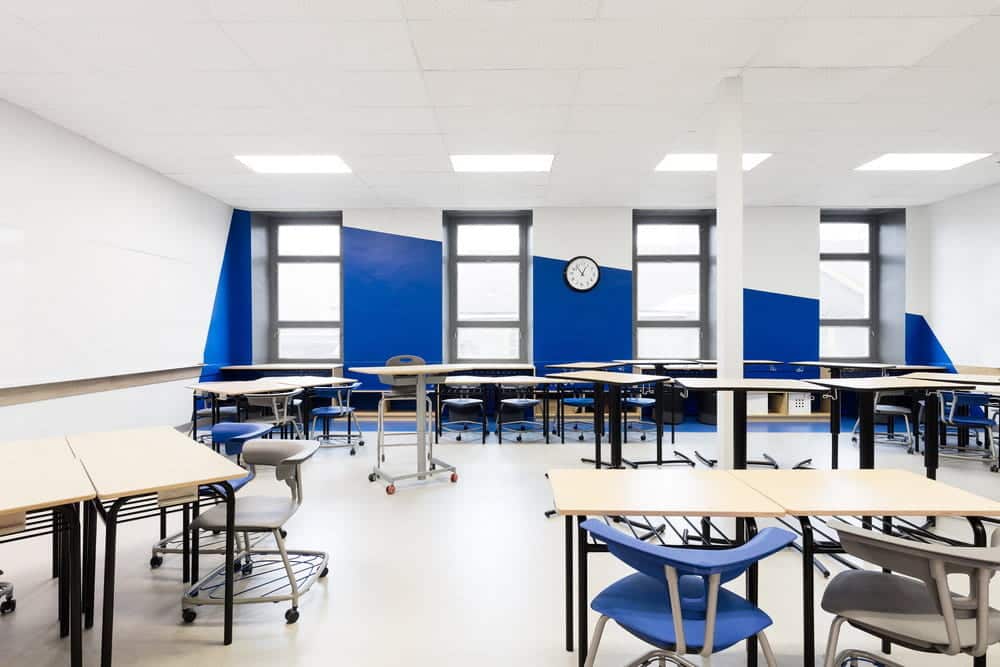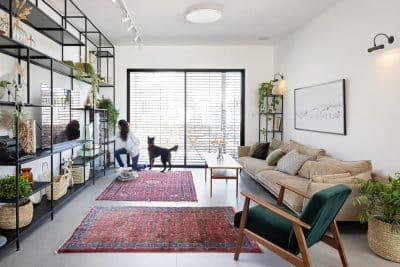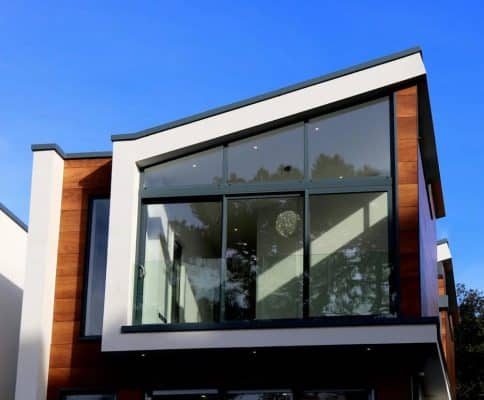Interior Design and the Impact on Human Performance
We spend much time in enclosed spaces, so the way rooms are arranged, and the colors that are used have a profound impact on our psychological behaviors. Space psychology or environmental psychology refers to interactions between people and the space in which they are. Lighting, acoustics, materials, proportions, and scale all alter the senses to generate different feelings.
A learning space can be enhanced by creating space that promotes safety and creativity. The psychology of interior design should be considered when creating any type of workspace to encourage positive feelings while meeting the psychological needs of those that will occupy the room. By improving space using interior design, students benefit and have a better learning experience.

Classroom Design Affects Learning
The classroom environment can have an impact on how students learn and how they perform in classes. Various environmental qualities need to be considered, including natural and artificial lighting, the best colors to choose, the room’s temperature, the quality of air, and the acoustics. No matter what age a student is, they will learn better in a relaxed environment.
Humans achieve more extraordinary things when they are comfortable. Comfort is achieved by eliminating factors that will distract a student, such as harsh lighting, glares, and unregulated temperatures. When considering lighting, the best source is natural light, which improves mood. Industrial lights are not only unattractive, but they emit harsh light that can interfere with the learning process. The buzzing sound can also be a distraction, especially in students with any learning disabilities or sensitive hearing.

Power of Color
Color plays a significant role in regulating mood and inspiring creativity. When considering learning space interior design, colors need to be used based on the group of students and what is being taught. Psychology students will learn early in their studies that color can alter mood, and you may even have to write an assignment on this.
If you need online help, you can find great resources that offer information on the psychology of color. As a college student stuck on a paper on this topic, instead of asking someone: “Hey, can you do my assignment, please?”, you can refer to online help and find some articles on the topic you need, or some samples to help you get ideas for a great paper. Many college courses focus on enhancing creativity and learning, including classes in psychology or interior design.

When studying the effects of color and writing a paper, it is important to look at the age and majority sex of the students. Younger children prefer red while college students often opt for blue hues. Children tend to be drawn to vivid colors as these promote creativity. Older students may prefer pastel shades that create a calming effect perfect for studying.
Shades of color can contribute to the ability to concentrate and retain information. Colder shades enhance concentration and green calms the nervous system. By incorporating various colors in a classroom, it is possible to address the psychological needs of all students and create a calm and relaxed environment.
Use of Furniture
Furniture that is used in a learning environment can alter how students are able to concentrate or become relaxed. Interior design and its impact on the ability to learn does not stop at lighting and colors. It is also important to consider how furniture is used and arranged. Studies have shown that academic performance is improved when in an environment that contains new items that create an appealing space.

The location of tables, chairs, and desks can play a huge role in the learning experience. For individual work, placing tables in a row is convenient and effective. When working in groups or promoting student interaction, placing furniture in an open circle or horseshoe shape is best. This allows all students to see others with no obstacles. Productive teamwork is often accomplished when things in a classroom are arranged in this manner.
With so many classrooms now using computers, organization of workspaces is crucial. It is important to provide ergonomic furniture as this can have a positive influence on the environment while improving performance by offering comfort. Again, arranging desks in a horseshoe shape will open a door for student engagement that can enhance a learning experience.
Conclusion
Creating a positive environment can promote learning and will enable students to achieve success by improving performance. By understanding the influence of the interior on human mood, educators can alter classroom settings to meet various needs of students and create a safe, comfortable space.
When working in a smaller room, consider any distractions, lighting and the ability to see presentations, and whether the space is too busy or dull. In most cases, less is best as having too many things in a room can be a distraction. The key to creating a perfect space involves appearance, air quality, lighting, as well as color.








